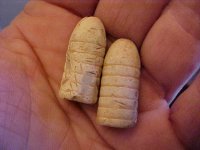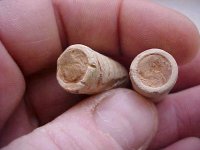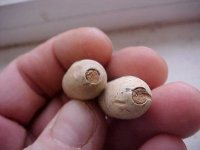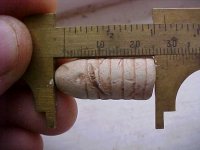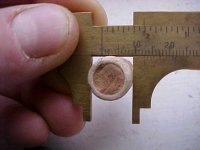ironhorse
Silver Member
Over the years I've dug many different bullets( muzzleloaded, and high velocity) as far as muzzle loaders go a lot of them are similar in looks and design. this year I found a pair of bullets that I can say that I've never seen before, although they are similar in size to miniballs, the design is diferent In the past I've discovered bullets with no rings(smooth sides), one, two, three and four, but never six....just wondering if these came from short lived model from the end of the muzzleloading era, or if they were just a variety of slug that was used elsewhere more than here
these were found on a site dating from the late 1700's (Rev War ) to present day with most finds coming from the 1800's
these date from the mid 1800's I believe, and were discovered in eastern Canada
any info would be appreciated
these were found on a site dating from the late 1700's (Rev War ) to present day with most finds coming from the 1800's
these date from the mid 1800's I believe, and were discovered in eastern Canada
any info would be appreciated


